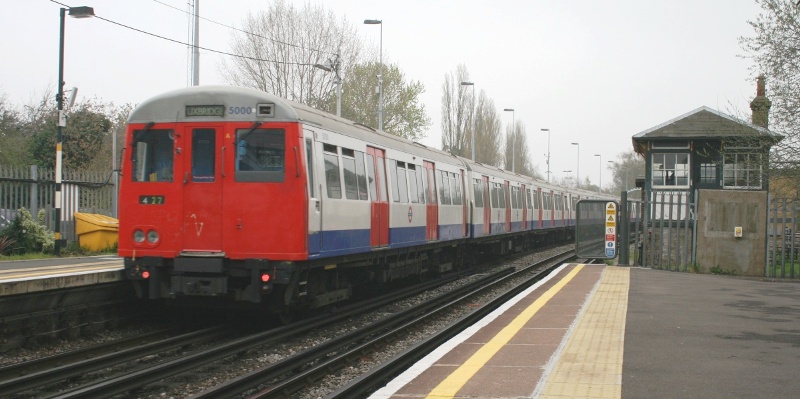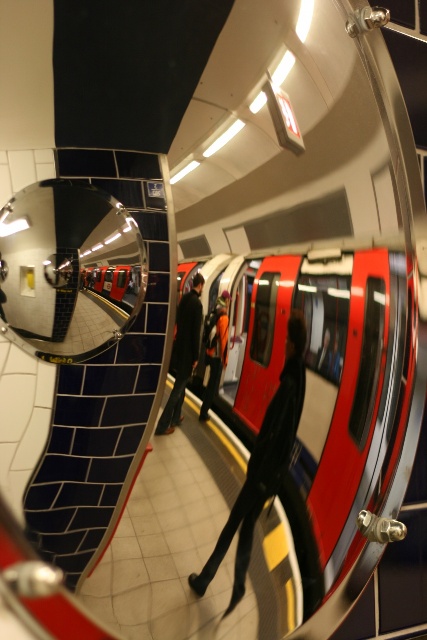 |
|
Transport for London |
|||||||||
|
|
|||||||||
|
Not just Managing Londonís Railways... Back in 1997, in a response to Government proposals to create a Greater London Authority, London Transport called for a joined up approach to transport in an ever |
|
|
 |
|
PPP In hindsight it seems obvious that the Public Private Partnership was destined to fail. The then Mayor of London (Ken Livingstone), TfL and railway unions were unanimously against in introduction of PPP in the first place, although possibly for different reasons. It was however Tony Blairís administration, that forced the scheme through. Initially though, when the whole concept was being developed, there were three different proposals on the table how London Underground could be privatised:
The franchising option was chosen with the Underground being carved up into three sections:
Metronetís collapse in May 2008 resulted in TfL taking the maintanence contract of eight lines back in-house. The similar failure of Tube Lines in June 2010 also resulted in it coming under the wing of TfL, effectively ending the Public Private Partnership exercise that had cost £500 million to setup. In its time as a private company Tube Lines had overseen the upgrade work to numerous stations, the introduction of extended 96ts Jubilee trains to seven cars and transmission based signalling to the Jubilee Line with extended weekend works receiving much criticism from passengers, retailers (particularly in the Stratford area) and the press. The sub-contractor, it would appear, had underestimated the complexity of the work. In turn this delayed upgrade works to the Northern and Piccadilly Lines. The end of the PPP was the result of a £400 shortfall in funding to complete the works to upgrade the lines. TfL were of the opinion that works would cost £4bn, the arbiter Chris Bolt however declared the cost would be £4.4bn. In comparison Tube Lines had costed the works at £5.75bn. Boris Johnson looked towards central Government to fund the shortfall as this method would be cheaper as opposed to raising finances privately. On 27 June 2010 Tube Lines became a subsidiary of TfL, with its previous owners being paid £310 million for the company. Almost immediately planned upgrade works were reviewed with some postponements made (e.g. upgrade work to the Northern Line and replacement Piccadilly Line trains), however other works continued unaffected (e.g. platform extensions as part of the ongoing S-stock programme). |
|||||
 |
|||||
|
The very first A-stock unit with DM 5000 nearest the camera, as it heads south from Ruislip station on Sunday 20 April 2008 -taken by ChrisW |
|||||
 |
